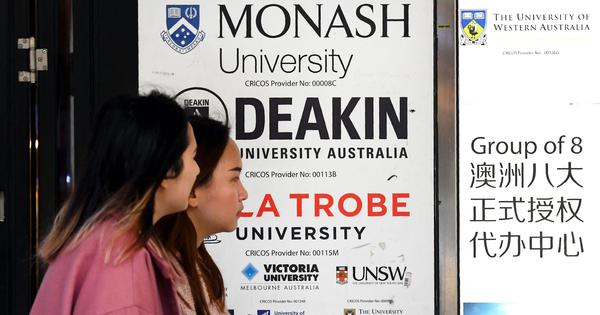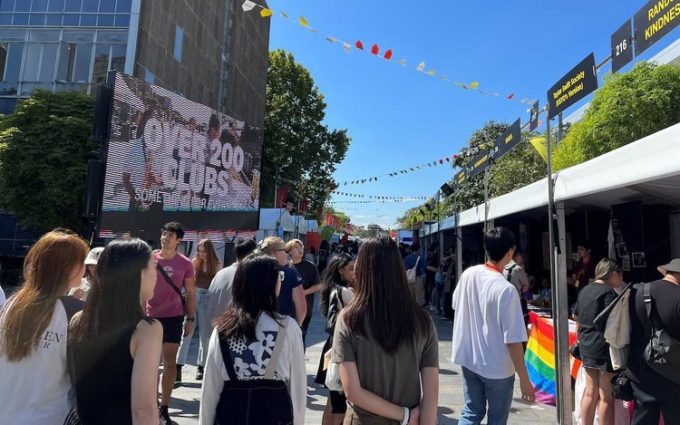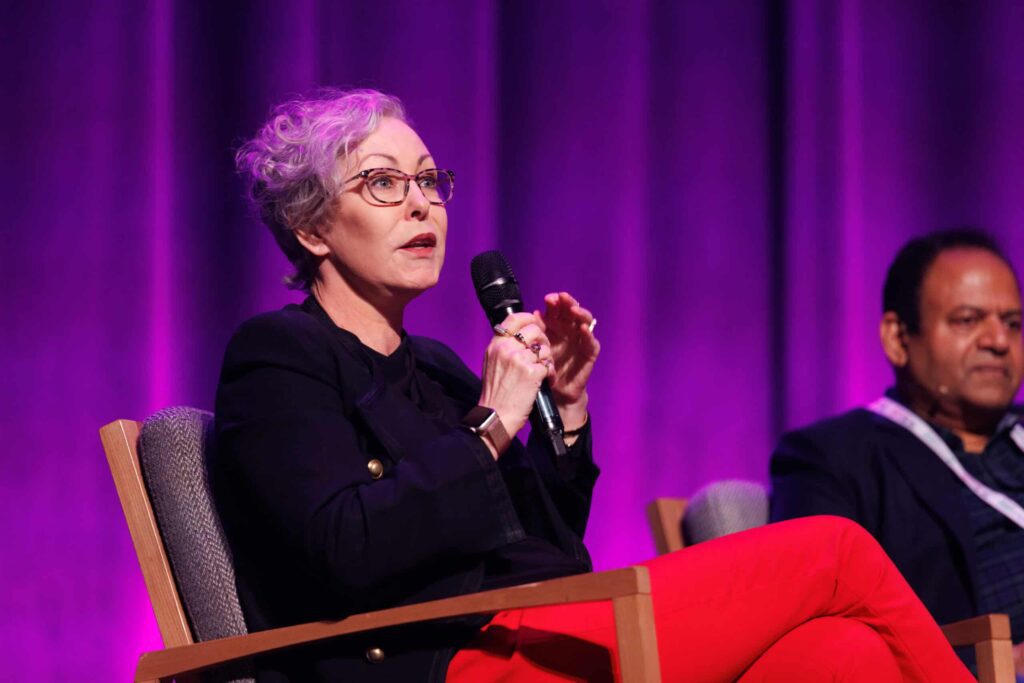More Visas, Less Choice? Australia’s Student Cap Divides Opinion

Visa Options for International Students in Australia
As an international job seeker exploring opportunities in Australia, understanding the recent changes to the international student visa landscape is crucial. The Australian government has announced that for the 2025/26 financial year, it will allow 295,000 new international student places. This marks a 25,000 increase from the previous year and is aimed at helping institutions, especially public universities, adjust to recent disruptions in the education sector.
National Planning Level (NPL) Overview
The National Planning Level (NPL) is a guideline that helps manage visa application volumes but isn’t a strict cap. The recent announcement, made by several ministers, indicates that about 196,750 spots will be allocated to higher education providers, with approximately 98,250 for vocational institutions. Public universities will see an increase of up to 9%, while private for-profit institutions are limited to a 3% rise.
Public universities will be guaranteed at least their previous year’s quota, and they can apply for more spots if they engage with Southeast Asia and provide affordable student housing.
Exemptions and Priorities for Visa Processing
It’s essential to know that not all categories of students are affected by the NPL. Some exemptions include those in school education, English-language courses (referred to as ELICOS), research programs, and government-sponsored scholarships. These students won’t be counted against the NPL limits.
For students transitioning from Australian secondary schools to public universities, the new cap does not apply. Visa application processing will follow Ministerial Direction 111, which prioritises institutions that have not yet reached 80% of their student capacity. If a school exceeds this threshold, its applications are moved to the back of the queue.
The Reality of Visa Grants
Despite the NPL cap of 270,000 for the previous year, only 234,040 student visas were granted to offshore applicants. Interestingly, while nearly 170,000 student visas were approved for higher education, vocational education and training (VET) fields lagged significantly, with just 11,572 visas issued against a cap of 94,000. This sharp decline in VET visa approvals highlights challenges for students seeking vocational training.
English-language programs have also faced difficulties, with ELICOS visa grants dropping to 15,020 in the latest reporting period, compared to 60,299 in the year before and 29,090 prior to the pandemic.
Feedback from the Education Sector
The education sector has had mixed reactions to these changes. Phil Honeywood, CEO of the International Education Association of Australia, welcomed the increase but noted public universities received the most benefits while private institutions got a smaller share. He emphasised the need for reduced student visa application charges to keep private English language providers sustainable.
Universities Australia’s CEO, Luke Sheehy, also supported the increased NPL, highlighting the need for stability in the higher education sector. However, Monash University’s Professor Andrew Norton expressed concern that the government’s policies favour public universities, limiting student movement between providers.
Looking Ahead
The 2025/26 NPL increases offer some room for growth but present challenges, especially for sectors outside the university system. The disparity between available student spots and actual visa approvals in vocational and language training indicates ongoing policy and operational challenges.
While expected changes to processing rules may provide clearer guidelines, the situation will likely continue to vary across Australia’s international education landscape.
What do you think?
Have a question about this topic or your own plans to move to Australia or New Zealand? Scroll down and leave a comment. We’d love to hear from you.
Thinking about moving to Australia?
Join our free and supportive community at Oz Visa Forum.
Post in our forums to get advice and support from people who’ve already made the move.
Not sure where to start? Click here to get started







Responses